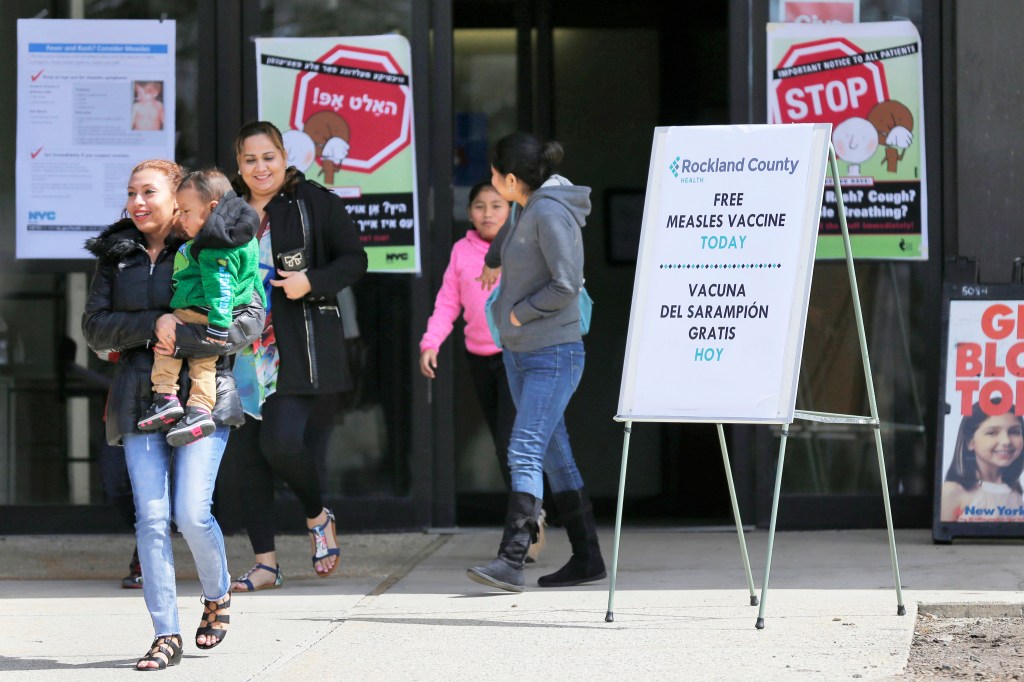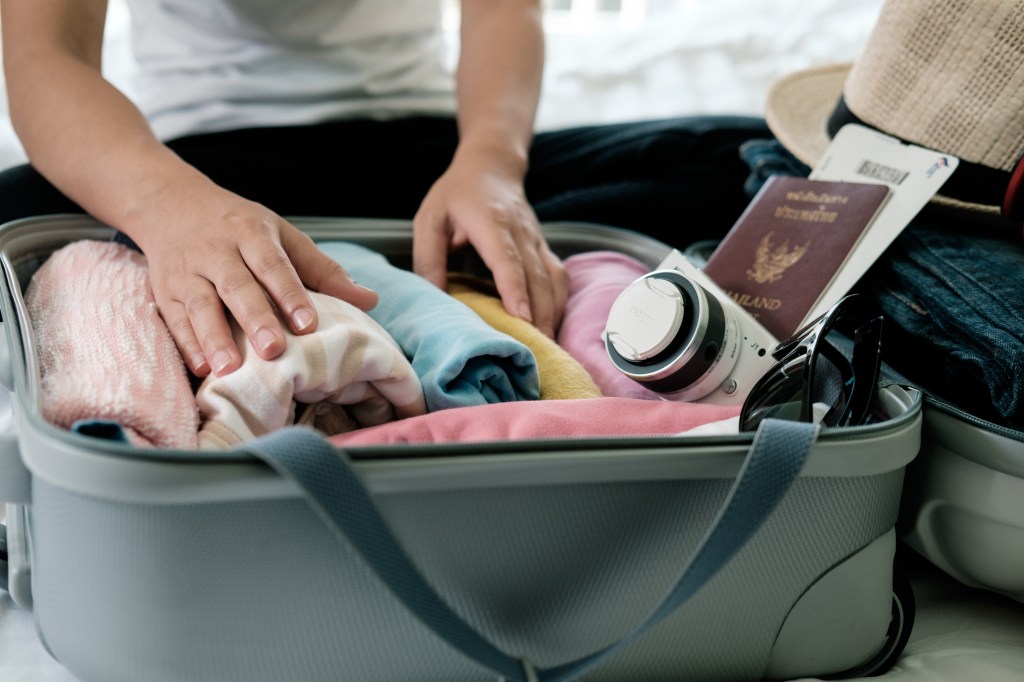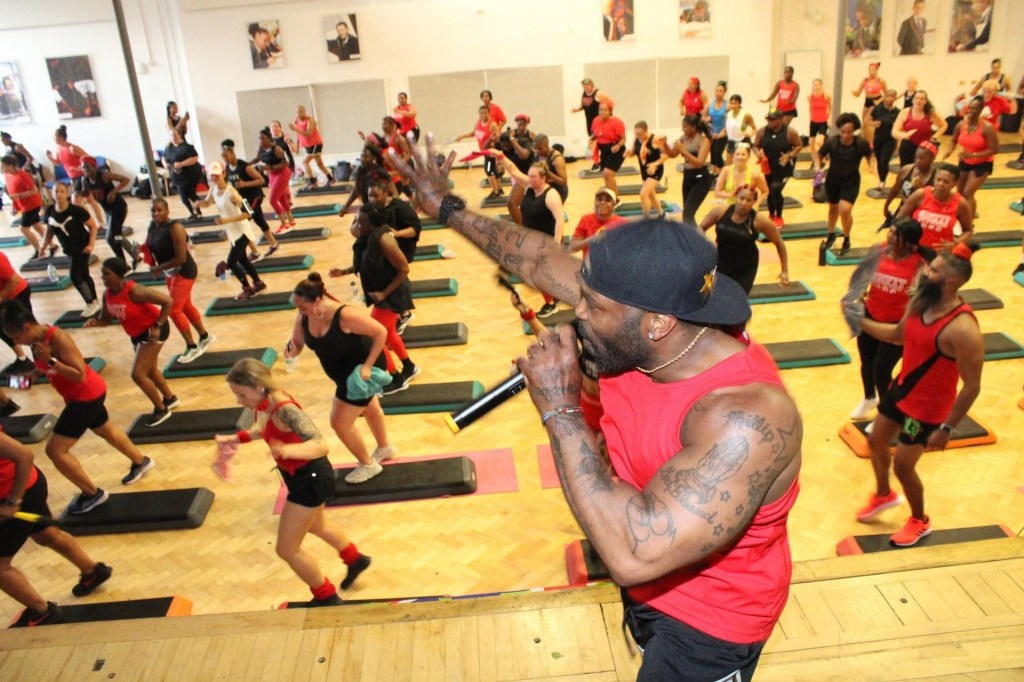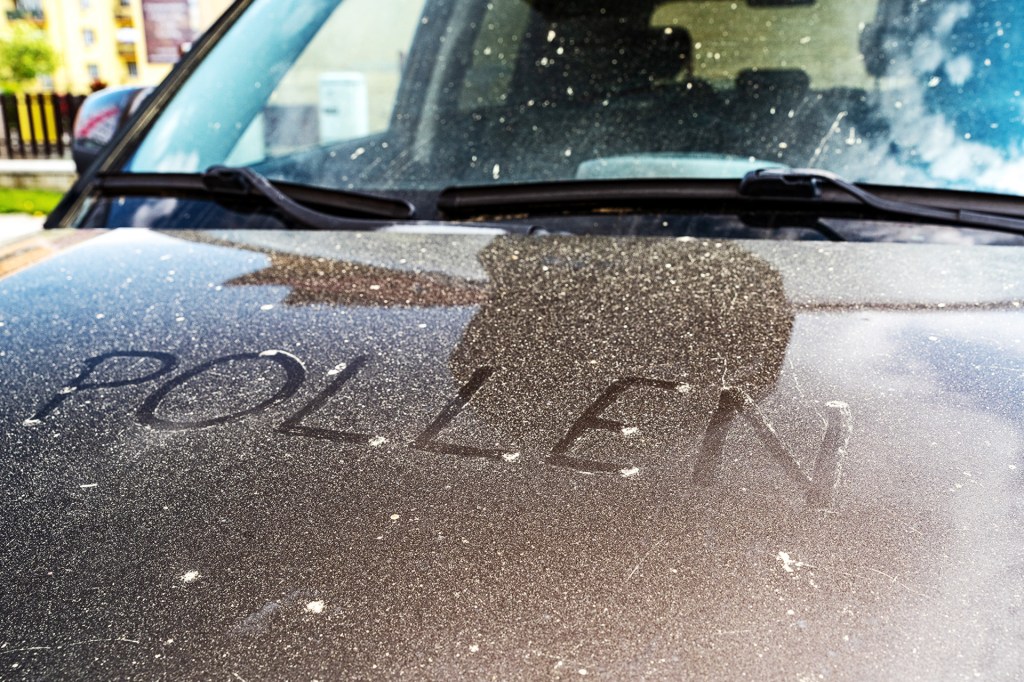
The number of measles cases in the United States continues to rise. As of April 19, the U.S. Centers for Disease Control and Prevention (CDC) had recorded 626 cases of the disease this year. This is the second-highest number of cases of the disease since measles was declared eliminated in the U.S. in 2000. The largest number—667—was reported in 2014. But health officials expect this year’s number to surpass that one.
Twenty-two states have reported cases of measles. But more than half of the cases reported were in New York City. The city and Rockland County have declared a public-health emergency. City leaders have asked some schools to bar
bar
 WILL & DENI MCINTYRE/GETTY IMAGES
to forbid someone from doing something
(verb)
The principal asked my teacher to bar students from leaving the classroom.
students who have not been vaccinated from attending classes. In Rockland County, unvaccinated children were briefly banned from public places.
WILL & DENI MCINTYRE/GETTY IMAGES
to forbid someone from doing something
(verb)
The principal asked my teacher to bar students from leaving the classroom.
students who have not been vaccinated from attending classes. In Rockland County, unvaccinated children were briefly banned from public places.
Measles is a highly contagious disease, and it can be deadly. In 2017, it killed 110,000 people around the world. Most were children younger than 5. The virus spreads in droplets from an infected person’s breath. According to the CDC, someone who is not vaccinated “can catch measles just by being in a room where a person with measles has been, up to two hours after that person is gone.”
An uptick in measles cases has a few causes. More travelers have caught the virus abroad
abroad
 SIRINARTH MEKVORAWUTH/EYEEM—GETTY IMAGES
in a foreign country
(adverb)
When Mark travels to Paris this summer, it will be his first time traveling abroad.
and brought it back to the U.S. In communities with unvaccinated people, the disease has spread more rapidly.
SIRINARTH MEKVORAWUTH/EYEEM—GETTY IMAGES
in a foreign country
(adverb)
When Mark travels to Paris this summer, it will be his first time traveling abroad.
and brought it back to the U.S. In communities with unvaccinated people, the disease has spread more rapidly.
The U.S. outbreak is part of a worldwide rise in measles. The World Health Organization (WHO) reports that the number of global cases is nearly four times as high as it was last April. The number currently stands at more than 112,000. WHO says inadequate vaccinations are to blame for measles in some places, such as parts of Africa. WHO also notes that the rise in measles is linked to the spread of misinformation about vaccination.













